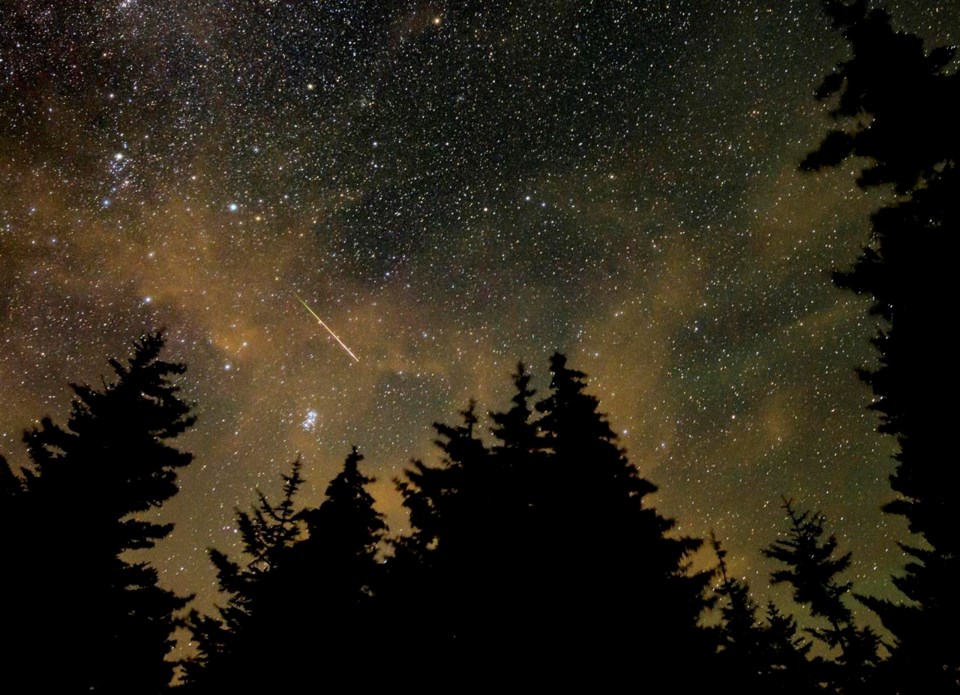The annual Perseid meteor shower is reaching its peak this weekend, which means there could be quite a light show for those who know where and when to look.
The American Meteor Society says the best time to see these speedy streaks of light is after midnight and preferably close to dawn.
Those in locations where the sky is clear and free of light pollution might be lucky enough to see a meteor per minute. They should be fairly easy to see this year because there will be only a sliver of a moon to contend with in the night sky.
The Perseid shower, one of the biggest meteor showers of the year, is the result of the Earth colliding with dusty debris left behind by the comet Swift-Tuttle, which completes an orbit of the sun every 133 years. Its most recent appearance was 1992.
You don't need a telescope or binoculars to see the meteors as they hit the atmosphere, and they can appear just about anywhere in the sky.
The yearly light show typically starts in mid July and wraps up in early September. It gets its name from the constellation Perseus, which is where the stream of comet debris appears to originate as the Earth moves through the comet's path.
That debris is mostly made of tiny meteoroids, lumps of rock or iron that orbit the sun. When they hit Earth's atmosphere and create a brief flash of light, they are called meteors. A piece that manages to make it to the ground is a meteorite.
Meteors can typically be seen at about 80 to 120 kilometres above the Earth. When they light up, they are usually travelling up to 72 kilometres per second, or about 26,000 kilometres per hour.
"Meteor watching is like watching a graceful, natural fireworks display, and you never know when or how bright the next shot will be," the American Meteor Society says on its website.
This report by The Canadian Press was first published Aug. 12, 2023.
The Canadian Press
